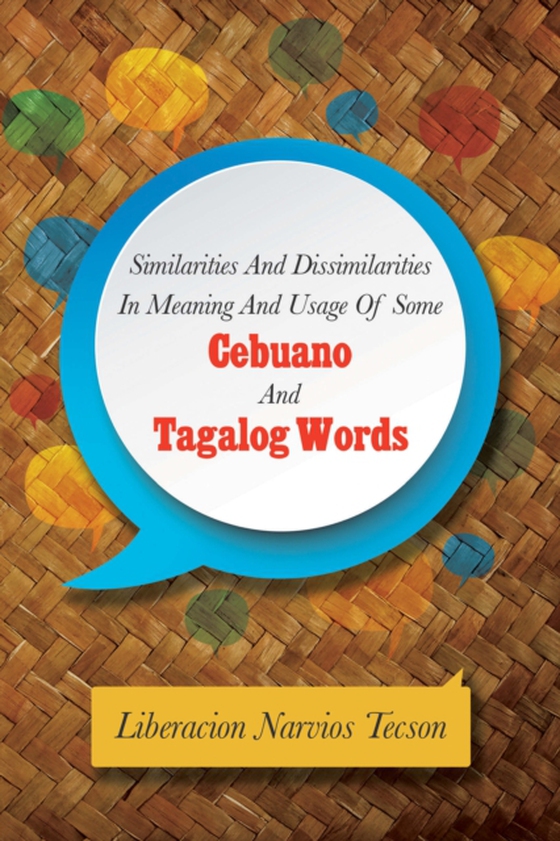
Similarities and Dissimilarities in Meaning and Usage of Some Cebuano and Tagalog Words e-bog
40,46 DKK
(inkl. moms 50,58 DKK)
The Philippine Islands, with a population of over ninety-seven million is comprised of seven thousand one hundred seventy islands with residents speaking seven hundred different dialects. Prominent among all the dialects are the Tagalog and Cebuano, widely spoken in many places in the archipelago. Tagalog, being renamed as Filipino, officially became the national language. Although considered ...
E-bog
40,46 DKK
Forlag
Xlibris US
Udgivet
7 november 2014
Længde
416 sider
Genrer
Usage and grammar guides
Sprog
English
Format
epub
Beskyttelse
LCP
ISBN
9781499047196
The Philippine Islands, with a population of over ninety-seven million is comprised of seven thousand one hundred seventy islands with residents speaking seven hundred different dialects. Prominent among all the dialects are the Tagalog and Cebuano, widely spoken in many places in the archipelago. Tagalog, being renamed as Filipino, officially became the national language. Although considered as the designated national language known as the Filipino language, Tagalog originally was spoken only in the capital city, Manila compared to Cebuano which is widely spoken in the Visayas and Mindanao. Neighboring provinces in Luzon have their own spoken dialect such as Ilocano in the Ilocos region (northern Luzon), Bicolano in the Bicol region (lower eastern Luzon), Pampangueno in the central plain region, Caviteno in the lower western Region, and Tagalog in the lower southern region. The Cebuano dialect is spoken and understood in the Visayas and Mindanao regions in spite of their local dialects. There are also Cebuano speaking families living in some parts of Luzon. The Ilonggo in western Visayas, Waray in Samar and Leyte in eastern Visayas, and Boholano for people in Bohol in the southern Visayas are regional dialects, but these dialects have only minor deviations from the Cebuano dialect. People who speak the Cebuano dialect are called Bisaya even if they are living outside of the Cebu Province, as they comprise and represent the Visayas region. Where majority of the residents in the Mindanao region are from the Visayas, hence they are also called Bisaya.
 Dansk
Dansk

